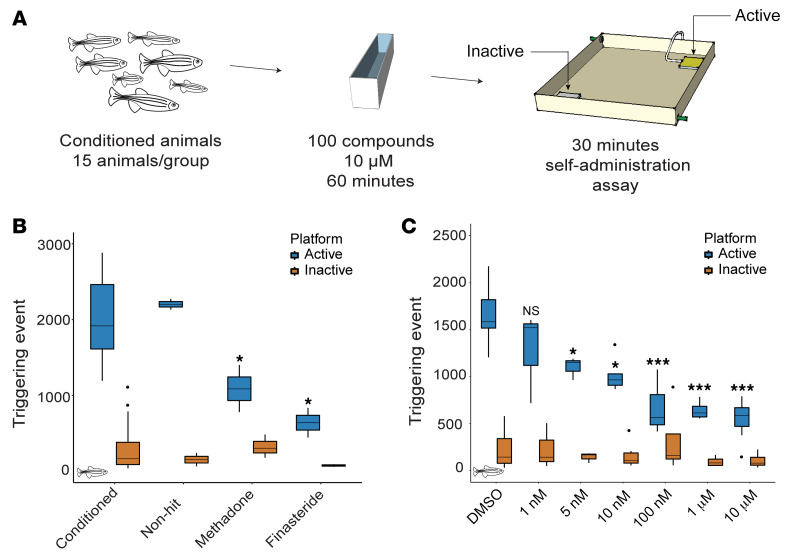Figure 1. Small-molecule screen for modulators of opioid self-administration.
(A) Conditioned animals were treated with the different molecules at 10 μM for 60 minutes before assessing their opioid self-administration for 30 minutes. (B) Known small molecules affect opioid self-administration. Treatment with methadone (n = 3) and finasteride (n = 2) significantly reduced the number of triggering events at the active platform. Conditioned fish: n = 56. No difference was observed at the inactive platform. P value calculated with Student’s t test compared with conditioned animals. (C) Dose-response experiment for finasteride. Three doses, 100 nM, 1 μM, and 10 μM, reduced the number of triggering events below our threshold of 1000 activations. P value computed by Tukey’s honestly significant difference test on 1-way ANOVA, inactive platform [F(6, 36) = 1.06, P = 0.40] and active platform [F(6, 36) = 24.60, P = 2.31 × 10–11] compared with the DMSO control. No significant difference was detected for the inactive platform. DMSO: n = 16, 1 nM: n = 3, 5 nM: n = 5, 10 nM: n = 6, 100 nM: n = 5, 1 μM: n = 4, 10 μM: n = 7. *P < 0.05, **P < 0.01, ***P < 1 × 10–5. Each n value represents a group of 15 animals. These experiments were performed using a between-subjects design. All box plots were generated using R graphic programming and the ggplot module. The lower and upper hinges correspond to the first and third quartiles. The line indicates the median. The whiskers extend from the hinges to the maximum or minimum value at most 1.5 times the IQR from the hinge. Data points beyond that are considered outliers.

